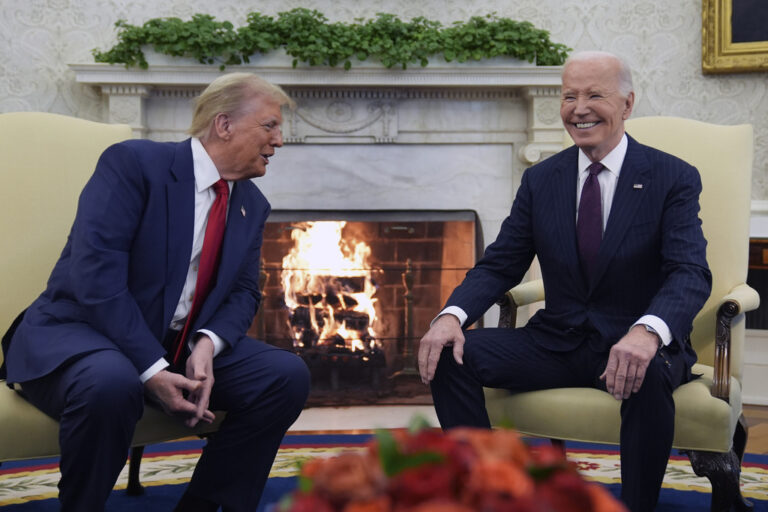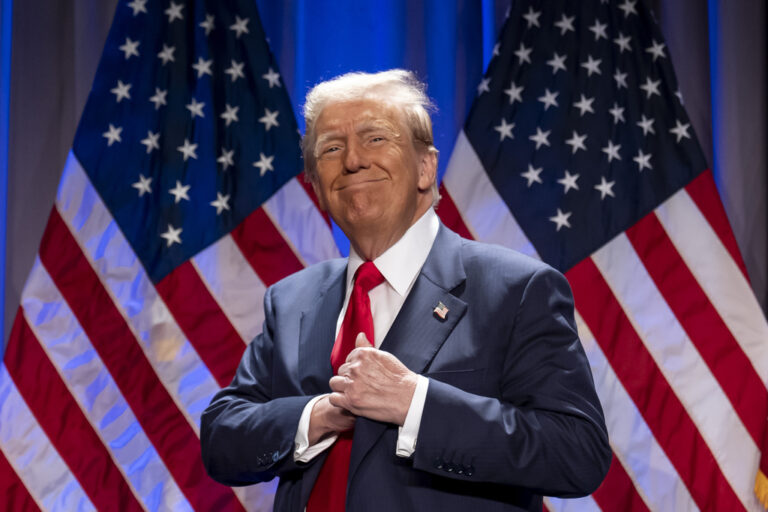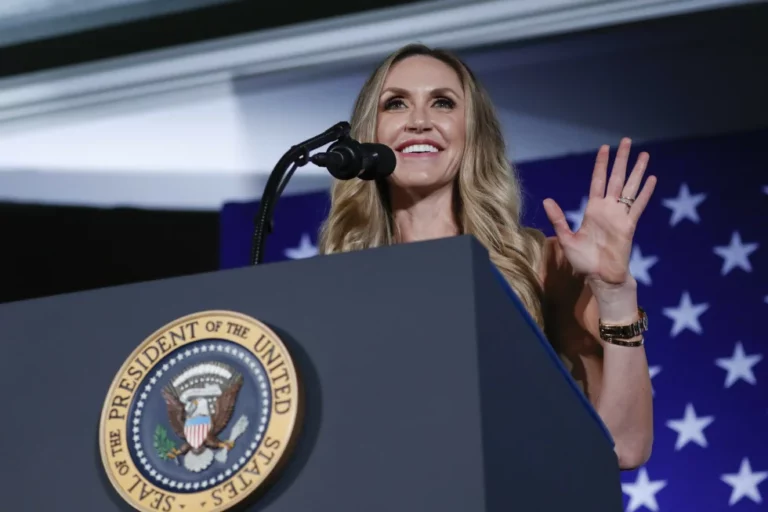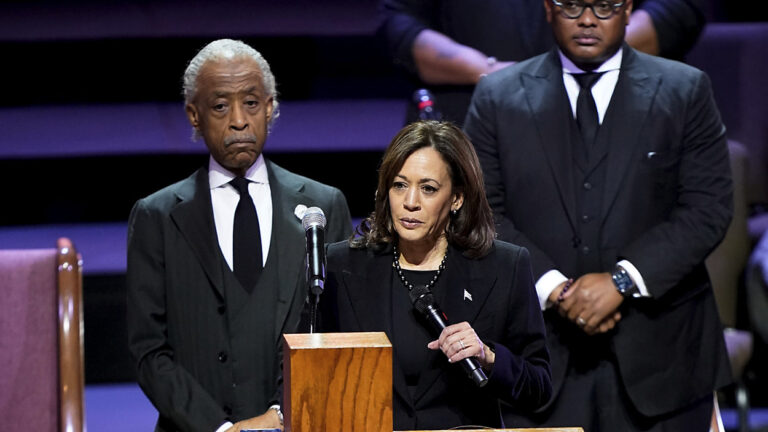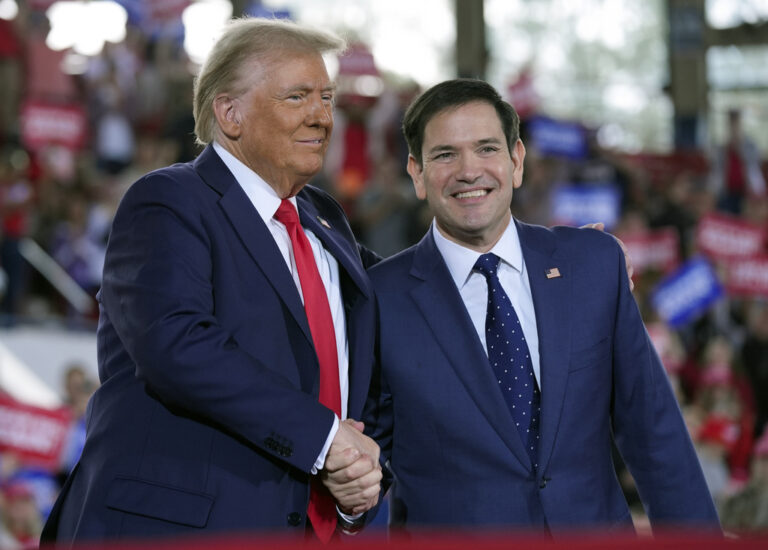Futures prices are shaped by a multitude of economic indicators, offering valuable insights into market trends and potential future movements. Mastering these key indicators is essential for traders and investors to make informed decisions and manage risk effectively.
This section will delve into the primary economic metrics that play a significant role in shaping the futures market landscape.
What Are Futures Prices?
Futures prices are a reflection of the market’s expectations for the value of a particular asset at a specified future date. But to answer the question what are futures prices, we need to understand what futures contracts are.
In short, futures contracts are agreements to buy or sell an asset at a predetermined price on a specific date in the future. They are commonly used in commodities trading such as agriculture and energy, but can also involve financial assets like stocks and currencies.
They allows for efficient risk management and price discovery in the market. However, it is important to note that it carries a high level of risk due to its speculative nature. It requires knowledge, experience, and caution when participating in this type of trading.
Key Economic Indicators
GDP Growth
Gross Domestic Product (GDP) measures the total value of goods and services produced within a country’s borders in a specific period, usually quarterly or annually. A strong GDP growth rate indicates a healthy economy, which can lead to increased demand for commodities and drive up futures prices. Conversely, a decline in GDP can result in lower demand and downward pressure on futures prices.
Inflation
A steady rise in the general price level of goods and services is known as inflation. It erodes the purchasing power of a currency, which can impact futures prices. High inflation can drive up the cost of production for companies, leading to increased commodity prices and higher futures prices.
Interest Rates
Interest rates set by central banks have a significant influence on the economy and, consequently, on futures prices. Lower interest rates make borrowing cheaper and encourage businesses to invest, leading to increased demand for commodities and driving up futures prices. On the other hand, higher interest rates can reduce demand and potentially lower futures prices.
Trade Policies
Changes in trade policies, such as tariffs or quotas, can impact the price of commodities and thus affect futures prices. For example, if a country imposes tariffs on imported steel, it could lead to higher domestic steel production and increased demand for related futures contracts.
Political Events
Political events such as elections or policy changes can have a significant impact on global markets and consequently affect futures prices. For instance, political instability or tensions between countries can disrupt supply chains and cause volatility in commodity prices.
Additional Factors Affecting Futures Prices
In addition to the factors discussed above, there are other key drivers of futures prices that traders and investors should be aware of. These include:
-
Weather conditions: Extreme weather events such as hurricanes, droughts, or floods can have a significant impact on crop yields and affect the supply and demand for agricultural commodities.
-
Seasonal patterns: Certain commodities tend to exhibit seasonal price patterns due to their production cycles. For example, natural gas prices typically rise during winter months when demand for heating increases.
-
Speculative trading: The behavior of speculators, who buy and sell futures contracts without any intention of actually using the underlying commodity, can also impact futures prices. Their actions are driven by market sentiment and expectations rather than actual supply and demand fundamentals.
-
Currency fluctuations: Commodities are globally traded in US dollars, so changes in currency exchange rates can affect their prices for non-US investors.
-
Technological advancements: Advances in technology can lead to increased efficiency and production of certain commodities, potentially impacting their prices. For example, the adoption of electric vehicles could reduce demand for gasoline and impact oil futures prices.
It is important for traders and investors to stay informed about these various factors that can influence futures prices. By closely monitoring market conditions and staying up-to-date on relevant news and events, they can make more informed trading decisions. Additionally, diversification across different commodities and asset classes can help mitigate the risks associated with any one particular factor affecting futures prices. Ultimately, understanding these complexities is crucial for successful trading in the volatile world of commodity futures markets. So, it is always advisable to keep a close eye on all these factors while making investment decisions in futures contracts.
Conclusion
Futures prices are influenced by a complex interplay of various economic, political, and environmental factors. Understanding these drivers is key for traders and investors looking to enter the commodity futures market. By staying informed, diversifying investments, and carefully analyzing market conditions, individuals can navigate this high-risk but potentially lucrative sector of the financial markets.
It is also important to keep in mind that futures prices are subject to change and can be highly volatile, so proper risk management strategies should always be implemented. With a thorough understanding of these factors and their potential impact on futures prices, traders can make more educated decisions and increase their chances of success in this dynamic market.


